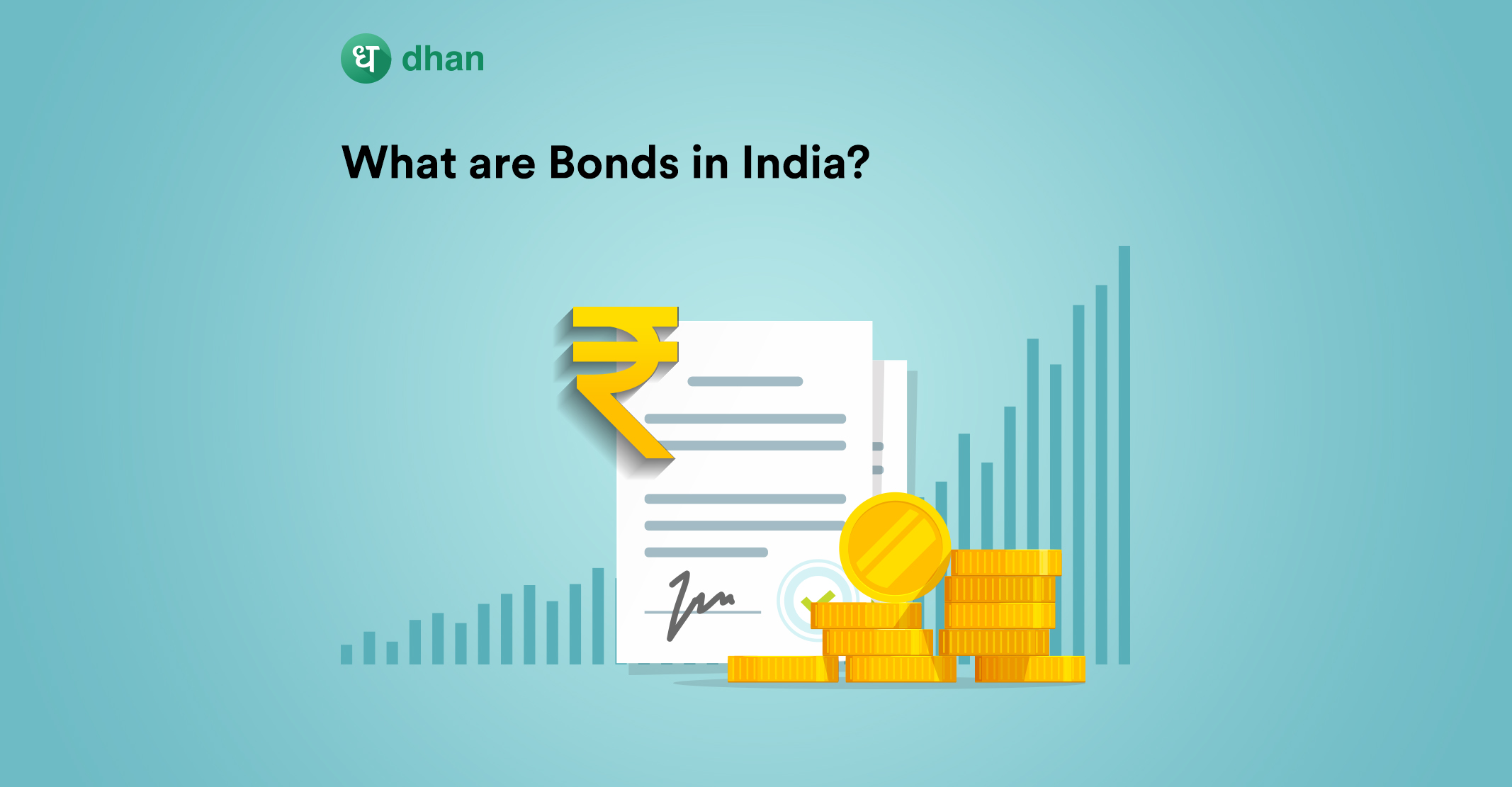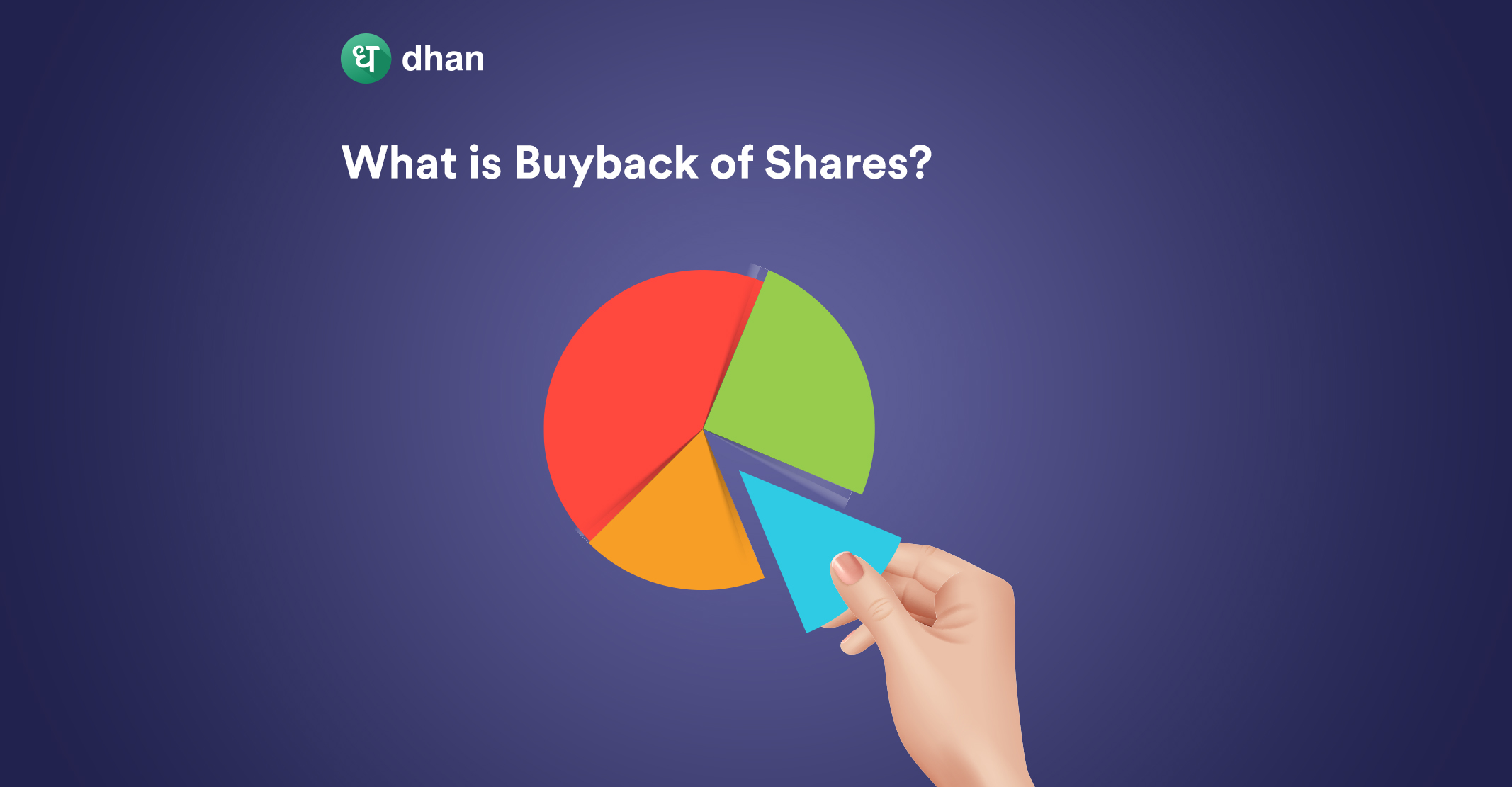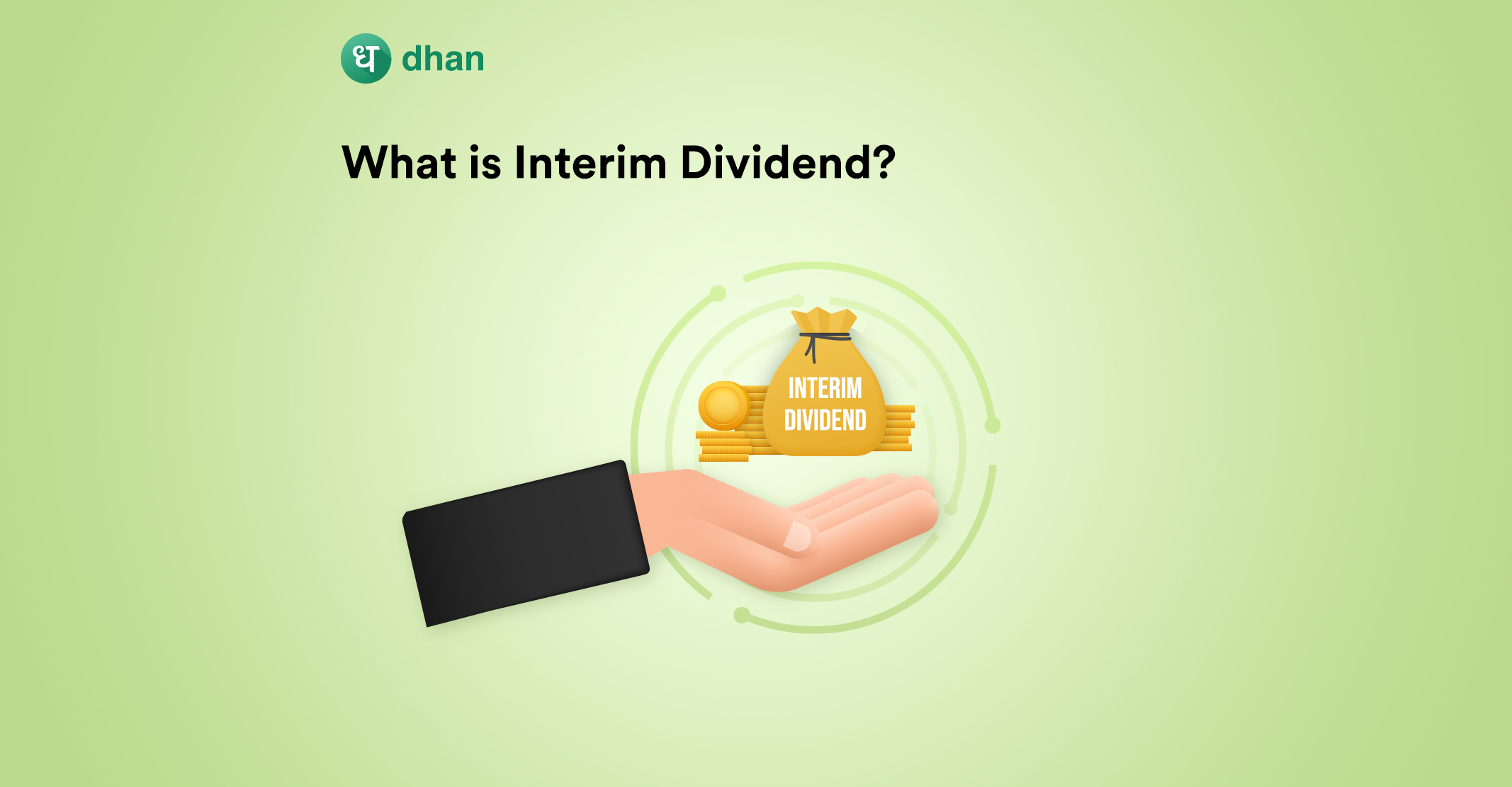As an investor, you must always be looking for better opportunities to create wealth. There are multiple investment avenues for you to choose from, with one being bonds in India.
In fact, many believe that once you enter the bond market, the stock market may not seem as interesting. Read on to know what are bonds in India.
What are Bonds in India?
Bonds are fixed-income securities that carry a pre-defined maturity date and interest rate. When you invest in bonds, you pay a principal amount that is returned to you on or after maturity.
The interest or coupon rate as it is known in the bond market is paid in exchange for the principal. This interest is paid out at specific intervals, often annually, semi-annually, or monthly. That’s why bonds are known as a solid passive income idea.
Furthermore, the issuer of the bond pools the principal invested by you and several others to finance their business, primarily to expand operations, launch new products, or enter new markets.
Bonds are issued by both public and private sector companies as well as the Government of India. Each issuer has a different credit rating which determines how likely you are to get your principal back.
The Government is considered to have the highest credit rating followed by top bluechip companies and others who have an excellent balance sheet. As you may have guessed by now, bonds are issued against a loan funded by retail investors.
How Bonds Work in India
There are several moving parts to bonds. You’ve got a gist of what they are but now it’s time to deep dive into each moving part.
- Issuer: The company or government that issues the bond and carries the guarantee or repaying the principal along with interest
- Credit Rating: Assigned by rating agencies like CRISIL which determines the likelihood of you as a bond investor getting your principal back
- Creditor: You, the investor, who buys the bond
- Principal: The amount of money or face value you pay to acquire a bond, the same amount which you are due to get back on maturity
- Coupon Rate: The interest rate carried by the bond
- Coupon Payment: The frequency of interest rate payments (quarterly, semi-annually, annually)
- Maturity Date: This is the day on which you’re due to get your principal back, which also marks the end of the bond’s tenure
- Yield to Maturity (YTM): The total amount of money you’re expected to get, assuming you’ve held the bond from issue to maturity
- Call Feature: Allows the issuer to credit your principal and interest before maturity on certain bonds
- Put Feature: Allows you, the creditor, to get your principal and any accrued interest before maturity on certain bonds
The sum of all this is the bond market in India, which is a diverse marketplace of various types of bonds.
Types of Bonds in India
Listed here are some of the most popular types of bonds available for investment in India.
1. Government Bonds
Government bonds in India can be issued by any State or Central Government. They are considered an extremely safe investment option due to backing from the government. These bonds are issued for periods between 5 to 40 years and come with varying interest rates.
2. Corporate Bonds
Private sector entities issue corporate bonds to fund their capital requirement for expansion, purchase of land or machinery, and others. These bonds carry a higher risk than government bonds, and, thus, offer a higher coupon rate that is usually paid monthly.
3. Sovereign Gold Bonds (SGBs)
These bonds are issued by the central government where you can invest in 99.99% pure gold, without the hassles of physical ownership. SGBs carry an interest rate of 2.50% per annum and a maturity period of 8 years. Interest earned from SGBs is exempt from taxation.
4. PSU Bonds
Government-backed enterprises that wish to raise funds for their expansion can issue PSU bonds. The coupon rate and maturity period for these bonds can vary according to the PSU. The risk element here is lowered as compared to corporate bonds due to government backing.
5. Municipal Bonds
Local-level governments and municipalities such as municipal councils or Nagar panchayats are known to issue bonds for carrying out sewage treatment, road repair, road work, and others. These bonds carry a risk based on the creditworthiness of the municipality in question, based on their revenue, debt, and other factors.
6. Infrastructure Bonds
Issued by infrastructure companies like L&T, these bonds are used to fund long-term operations such as the construction of highways, bridges, buildings, and more. These bonds are known to offer a decent coupon rate and tax benefits as they’re geared towards the long term, say 5+ years.
7. Convertible Bonds
While most bonds on this list return your principal at maturity, convertible bonds go one step further. They give you the option to convert your loan into equity, thereby owning a stake in the company that issued the bond. Other terms like credit rating, coupon rate, and tenure depend on the issuer.
8. Debentures
The meaning of debentures changes based on where you are in the world. Unsecured loans are known as debentures in the US. Secured loans are known as debentures in the UK. To make matters worse, all debentures are bonds but not all bonds can be debentures.
Debentures are used interchangeably with bonds in India. Either way, debentures are medium to long-term debt instruments issued by companies (not governments) that carry a fixed interest and maturity.
9. Zero-Coupon Bonds
Unlike other bonds on this list, zero-coupon bonds do not pay interest. Instead, they allow you to invest at a discount on the face value and the difference between the discount and maturity yield is what you receive as returns. That’s why these bonds are also known as discount bonds.
10. State Development Loans (SDLs)
State Governments operate on a budget that may not be enough to fund specific projects or operations. That’s when they turn to State Development Loans (SDLs). This means you essentially become a creditor to the state’s project(s) when you invest in bonds issued by them.
The creditworthiness is generally solid, as State Governments are backed by the Central Government and thus have a “Sovereign Guarantee”. Coupon rates are also lucrative and spread out over the long term.
Bond Yield in India: Meaning & Calculation
The return on investment you earn is known as bond yield in India. You may have noticed that this term kept repeating in the earlier sections and is very important when it comes to bonds.
Bond yield is a metric that is expressed as a percentage of the face value of a bond. As an investor, you can determine the attractiveness of a bond with this important metric.
To calculate bond yield, you must divide the coupon payment by the purchase price (face value). Mathematically, the bond yield is calculated as follows:
Bond Yield = Annual Interest Payment / Face Value of the Bond
Time to understand it with an example. Let’s assume you acquire a bond for Rs. 20,000 and the annual coupon payment you get is Rs. 2,000. Hence, the bond yield will be, Rs. 2,000 / Rs. 20,000 = 0.1 or 10%
Factors Affecting Bond Yields in India
Let’s have a look at the crucial factors affecting the bond yields in India.
- Maturity: The maturity period of a bond has a direct impact on the yield. Bonds with a medium to long-term maturity period offer higher yields in comparison to shorter-maturity bonds.
- Interest: Prevailing interest rates in the market have an inverse relationship with bond yields. Along with an increase in interest rates, bond yields also increase thereby making bonds with lower coupon rates less popular and vice-versa.
- Creditworthiness: Bonds with higher credit ratings indicate a lesser risk of default. Such bonds offer lower yields in comparison to bonds with lower credit ratings carrying higher risk. This higher yield compensates investors for the increased investment risk.
- Inflation: If there are increased fears of inflation in the market, bonds will attract more interest. The reason is that investors desire to be compensated for a reduction in the real value of their money over time.
Different Types of Risks in Bonds
The table below shows all the risks associated with bonds and the degree to which they affect various aspects of a bond.
| Types of Risk | Low | Medium | High |
| Default Risk | ✅ | ✅ | ✅ |
| Interest Rate Risk | ⚪ | ⚪ | ✅ |
| Market Risk | ⚪ | ✅ | ✅ |
| Inflation Risk | ✅ | ✅ | ⚪ |
| Liquidity Risk | ⚪ | ✅ | ⚪ |
| Call Risk | ✅ | ⚪ | ⚪ |
- Default Risk: The bond issuer being unable to return your principal and (or) make the coupon payment
- Interest Rate Risk: Rising interest rates can drag down the price of bonds
- Market Risk: The impact of investor sentiment and other factors such as global news or company-level news on the price of the bonds
- Inflation Risk: Reduces the desirability of a bond’s coupon rate and future cashflows
- Liquidity Risk: Limited trading activity on a bond can reduce the chances of you buying or selling the bond easily
- Call Risk: The risk that the issuer may redeem the bond before maturity (only on callable bonds)
Some risks are applicable to certain types of bonds while others are applicable to all. What you need to know is that managing risk and investing based on risk appetite can be useful while investing in bonds.
How to Invest in Bonds in India?
Now that you know all about what are bonds in India, here are guidelines to help you invest in bonds.
1. Primary Market
If you wish to invest in newly issued bonds, then you must do so through the primary market. Here original issuers, corporates, or governments, generate funds by directly issuing bonds to investors through private placement or auctions. The term for this is Bond IPO.
2. Secondary Market
In the case where you don’t want to hold bonds till maturity, you can sell them to other investors in the secondary market. As an investor, you can purchase or sell bonds at the prevailing prices using your Demat account.
Is It Safe to Invest in Bonds?
Bonds offer a lucrative opportunity to diversify your portfolio. With multiple types of bonds available for investment, you must undertake detailed research and analysis.
Bear in mind that bonds are market-linked instruments and thus carry risk, both market-related and credit rating related. Factor in your risk appetite, investment horizon, yield expectations, and other aspects before deciding.
Thus, whether or not bonds are safe depends on your ability to spot the right bonds, manage risk, and eventually meet the financial goals you were after. On Dhan, we give you access to several tools for managing risk.
Here are some of them:
🛡️ Cover Order
🏃♂️ Trailing Stop Loss
FAQs
Q. What is the meaning of bond in India?
In India, a bond is a debt instrument issued when you lend money to the government or a company, and they promise to pay you back with interest.
Q. How can I buy bonds in India?
Choose a brokerage platform that offers bonds and open a demat account to start buying bonds.
Q. How do bonds in India work?
Bonds in India work with individuals lending money to the government or companies, receiving periodic interest payments in exchange, and getting the principal amount back at maturity.



